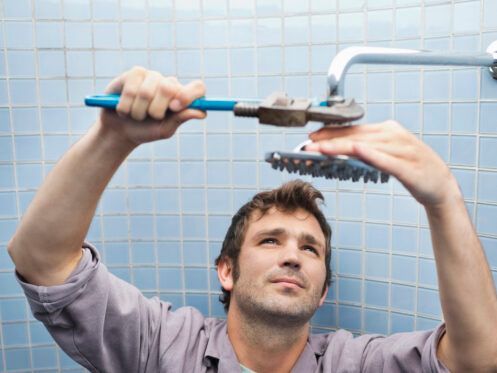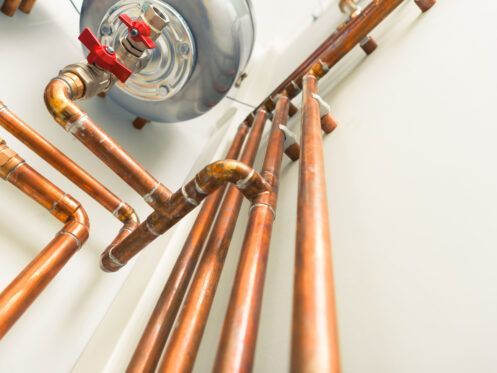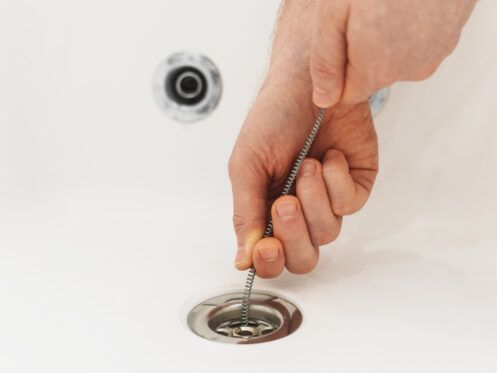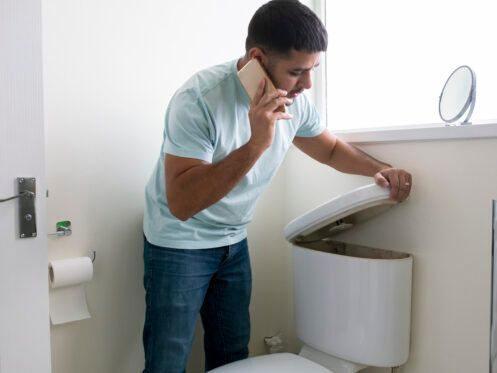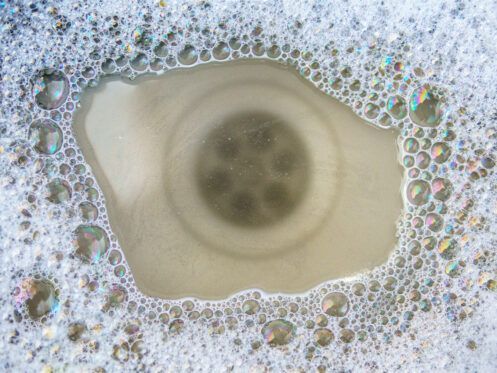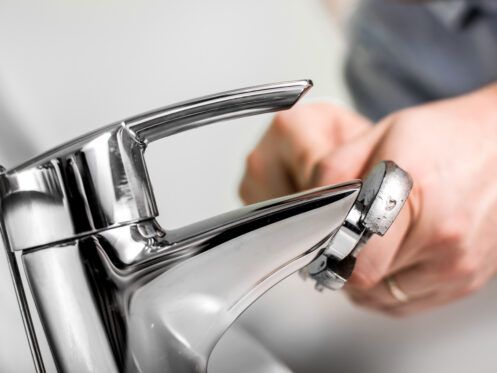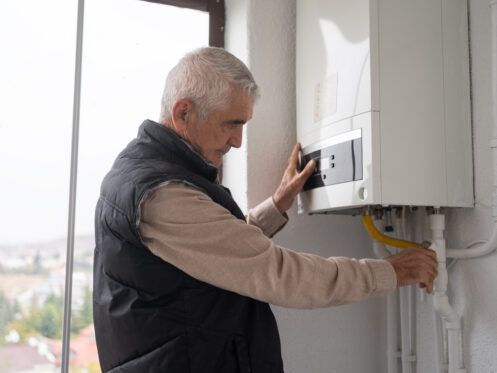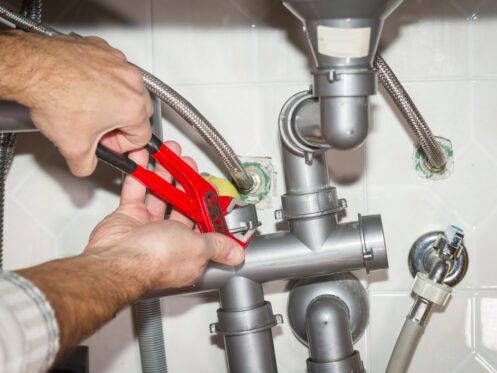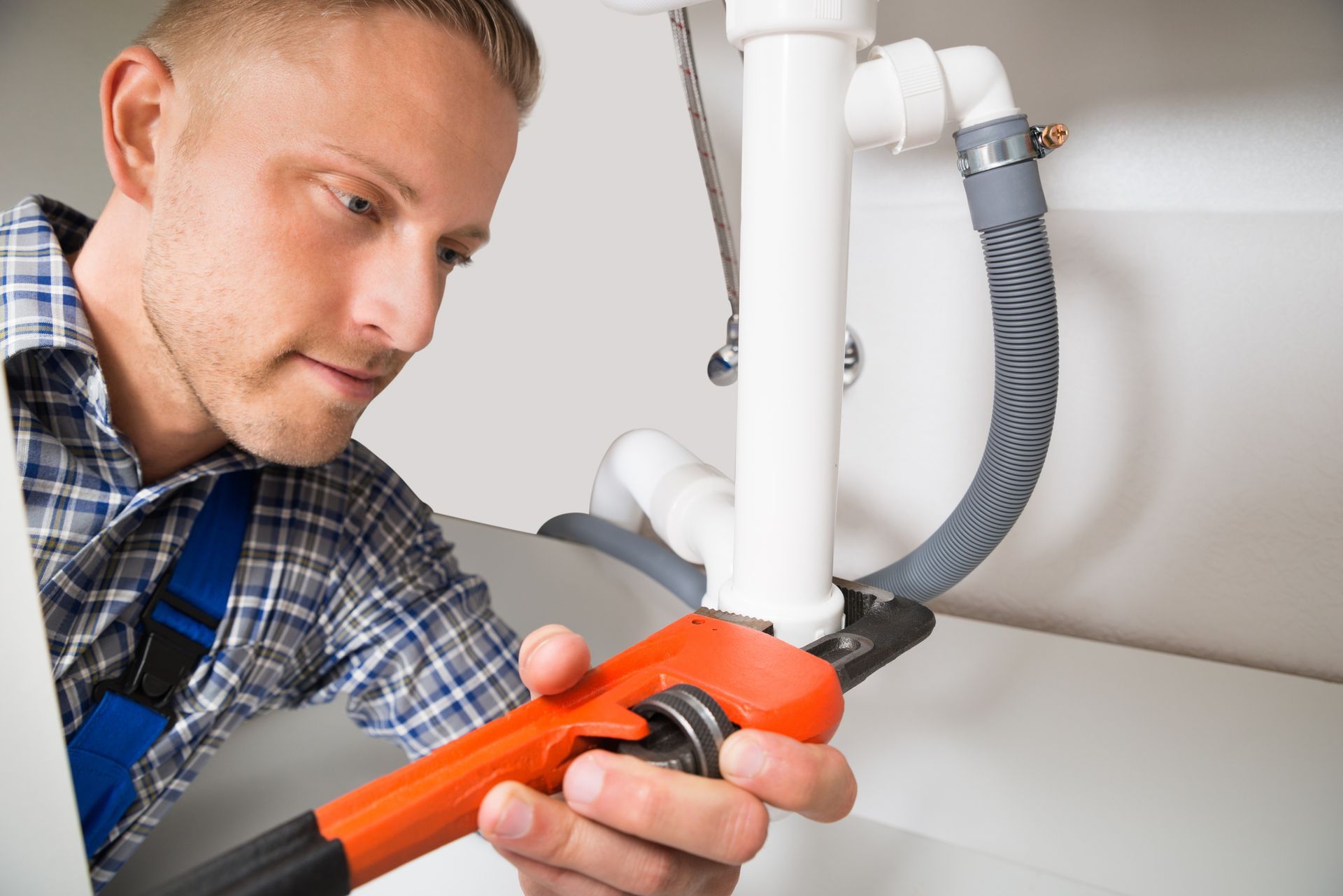6 Common Water Heater Issues and What to Do About Them
Whether the water heater in your South San Francisco, CA home is tanked or tankless, early interventions will keep minor problems from spiraling out of control. Although homeowners rarely spend much time thinking about their water heating equipment, these appliances have a major impact on their daily lives. The following are six common water heater issues along with tips for troubleshooting and preventing them.
1. Your Hot Water Smells Foul
Standard, storage-based water heaters heat water and hold it until it’s demanded at hot water taps or appliances. Unfortunately, if water sits in storage tanks for too long, odor-causing bacteria will eventually form. The only way to solve this problem with lasting results is by having your water heater’s tank flushed and cleaned by a licensed plumbing company.
You can rule out other water quality problems by performing a quick “sniff test.” Simply turn your hot water off and run the cold water tap only. If your cold water doesn’t have any odd smells and looks normal, the issue probably lies with your water heater.
Hydrogen Sulfide
You may have a problem with hydrogen sulfide gas in your water heater’s tank if your hot water has a rank “rotten egg” odor. Hydrogen sulfide gas forms when tanks are riddled with sulfur bacteria or when chemical reactions occur between sacrificial anode rods and dissolved sulfur in municipal or well water.
While “rotten egg” odors are also best resolved by flushing and cleaning tank interiors, you may need a new sacrificial anode rod as well. Moreover, if concentrations of dissolved sulfur are especially high in your drinking water and if there are also high concentrations of dissolved calcium and magnesium, installing a whole-house water softener could be necessary for ongoing prevention.
2. Massive Buildups of Limescale
In homes with extremely hard water, limescale build-ups are a problem for both tanked and tankless water heaters. However, these accumulations will always be greatest in tanked water heaters given that these appliances hold water rather than merely distributing it.
Limescale buildups can give heated water a stale and unpleasant taste. If your tap water is rust-colored, cloudy, or smelly, this could be the cause. Heavy buildups of limescale can lead to failed heating elements, increasingly noisy operation, and eventual tank rupture.
Having your water heater serviced once annually will keep limescale issues at bay. Adding home water softening equipment will help to this end, too. If your hot water looks, tastes, or smells off, it’s time for a tank inspection and maintenance service.
3. You Keep Getting “Cold Water Sandwiches”
Tankless water heaters don’t experience the significant standby energy losses that standard, storage-based models do. These units don’t heat and hold water, and they’re all modern enough to have electronic ignition switches rather than continually burning pilot lights. According to the United States Department of Energy (DOE), these design improvements make them 24% to 34% more efficient than their alternatives.
Surprisingly, one of the biggest drawbacks of tankless water heating is limited water supply. Although “on demand” water heating certainly sounds limitless, it actually isn’t. In some environments, a single tankless water heater might struggle to service multiple fixtures and appliances at once. For instance, if you run your dishwasher and washing machine together, your tankless unit might not be able to meet the needs of both.
If your hot water demands are greater than your tankless water heater’s capacity, you could get what’s known as a “cold water sandwich”. This is a stream of hot water followed by cold water and then hot. This sputtering, uneven performance often means a second, supplementary water heater is needed.
Sometimes, this “cold water sandwich” effect has a very minor underlying cause. For instance, if your hot water taps always emit freezing water when first turned on and then transition to warm, you’re likely getting the very last of your water heater’s output that was trapped in your supply pipes. For instance, if you take a shower shortly after another building resident, the cold water that first spills out of the showerhead is water that has cooled while sitting in the supply line after the fixture was last turned off.
There isn’t an easy solution to this issue, but you can turn your taps on and simply wait for water to heat up before stepping into it. The further away that your tankless water heater is from the fixtures and appliances it serves, the more time that water has to cool during distribution. You can insulate your supply pipes or install an additional unit to serve remote areas.
4. Blocked Exhaust Vents
All fuel-burning appliances have exhaust vents. Whether oil-fired or natural gas-fired, they produce dangerous carbon monoxide (CO) gas due to the incomplete combustion of fuel. Venting systems route this exhaust outdoors for resident safety.
Starting January 1, 2027, residents of South San Francisco will no longer be able to buy gas-fired water heaters or furnaces. However, in the meantime, problems with exhaust vents are still a point of concern for many locals.
If you have a gas-fired water heater, it may display error codes when venting problems develop. You can exhaust check vents at the exterior of the building for nests, buildups of leaves, twigs, and other organic debris, or for misplaced tools and toys. However, exhaust vents could have crushed or collapsed sections in inconspicuous areas or pests lodged within them. Thus, it’s always best to schedule a professional water heater inspection as well.
5. Electronic Ignition Switch and Pilot Light Issues
Older gas-fired water heaters often have pilot lights for startup rather than electronic ignition switches. If your water heater has a pilot light, it should always be lit and its flame should always burn bright blue. If your pilot light is orange, red, yellow, or weak and guttering, call for service immediately. These are all signs of poor airflow, incomplete combustion, and potential gas leaks.
Electronic ignition switches are more efficient and significantly safer. However, they’re not impervious to problems. You might have a failed or malfunctioning ignition switch if your water heater won’t heat water or if its burner won’t turn on. If your water heater is showing no signs of life, you can also check for a tripped circuit breaker and reset it as needed.
6. Your Water Heater Is Leaking
When poorly maintained, standard, storage-based water heaters can rupture and spill their contents everywhere. The likelihood of this happening is highest when homes have untreated hard water issues. However, sediment and limescale buildups can also cause minor leaks that allow for early intervention. If you find water pooling at the base of your water heater, it might have a:
- Loose or faulty pressure relief valve
- Small crack in its tank wall
- Loose inlet or outlet connection
- Brittle and cracked gasket
Dealing with minor leaks right away could spare you the high costs and hassle of replacing damaged floorboards, baseboards, and more.
Residents of South San Francisco, CA can count on us for expert plumbing , leak detection, gas line, and water heater services. We also provide sewer line inspections, kitchen and bathroom remodeling services, and drain cleaning. If your water heater is acting up or you need a replacement , get in touch with In & Out Plumbing & Construction today to schedule an appointment.
The post 6 Common Water Heater Issues and What to Do About Them appeared first on In & Out Plumbing & Construction.
